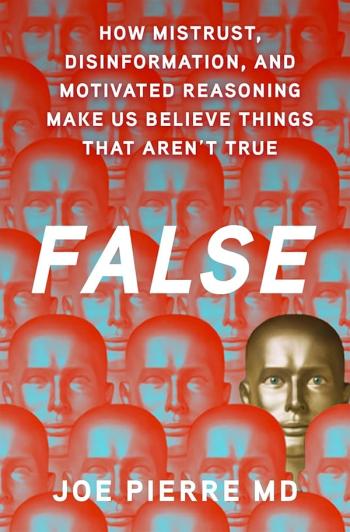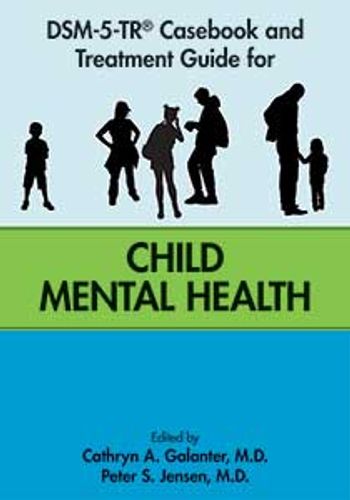
Lessons Learned in Disaster Mental Health: The Earthquake in Armenia and Beyond
This book provides a comprehensive overview of the most sustained comprehensive mental health recovery and research program implemented after a natural disaster.
BOOK PREVIEW
On December 7, 1988, a strong trembler of magnitude 6.9 on the Richter scale shook northwestern Armenia, causing widespread destruction and death. In Gumri, the second-largest city in Armenia, more than half of the structures were severely damaged or destroyed, and 7% of the population died. The city of Spitak near the epicenter was almost totally leveled, and 16% of the population perished. In the aftermath of the earthquake,
Dr Goenjian and his colleagues from UCLA—Alan Steinberg, PhD, and Robert Pynoos, MD—have studied the psychological sequelae of the earthquake in Armenia and other major disasters in the United States, Greece, Nicaragua, Taiwan, Honduras, Thailand, and Japan. They have recently published the book Lessons Learned in Disaster Mental Health: The Earthquake in Armenia and Beyond. The book provides a comprehensive overview of the most sustained comprehensive mental health recovery and research program implemented after a natural disaster.
The book covers the program’s evolution, from the initial acute phase of clinical fieldwork to its expansion as a 3-year teaching and training program of local therapists to the building of 2 mental health clinics in the devastated cities. It provides a wealth of longitudinal data about the course of
“One of the reasons these treatment studies are unique is that preadolescents were followed up to 25 years after the earthquake,” according to Dr Goenjian, a full research psychiatrist at the Semel Institute for Neuroscience and Human Behavior at UCLA.
“Almost all reported follow-up treatment outcome studies have been conducted 2 years or less after a disaster. Only a handful have followed subjects up to 5 years,” said Dr Steinberg, Associate Director of the UCLA/Duke University National Center for Child Traumatic Stress.
In controlled studies, adolescents who received trauma- and grief-focused therapy at 1.5 years postearthquake, PTSD and depressive symptoms were significantly less than in the control group at 5 years, and the benefits were maintained at the 25-year follow-up. The new analyses showed that symptoms in both the treatment and the control groups plateaued between 4 and 5 years after the earthquake. “The findings indicate the importance of providing clinical intervention within the first few years and subsequent monitoring for chronic psychiatric and medical problems among the severely affected survivors,” Dr Goenjian said. “Those with baseline severe PTSD and/or depression had significantly more chronic medical illnesses.”
Another finding was the significant impact that postdisaster adversities (often called “the disaster after the disaster”) played in perpetuating PTSD and depressive symptoms. The findings underscore the important role that governmental and nongovernmental agencies could play in the recovery of survivors by providing housing, heat, electricity, means for transportation, and medical services on a timely basis. “These types of supportive measures supplement the benefits of
Another valuable chapter is on moral development and conscience functioning. “Adolescents from Spitak exposed to severe earthquake trauma manifested pathological interference with conscience functioning,” Dr Steinberg said. For example, “These youth felt that they lost their conscience after the earthquake—that their conscience doesn’t work anymore—and thought that it was justifiable to act without consideration of morality to survive.”
“The multigenerational genetic studies showed the heritability of vulnerability to PTSD,
The book also discusses important organizational successes and pitfalls of implementing the postdisaster recovery program. Regarding factors related to the performance of therapists and minimizing
Therapists worked in pairs to provide support to one another. They had regular debriefings with peers or group leaders to discuss challenging cases and their own stress reactions to the painful realities. They also took weekly rest days. These measures helped minimize burnout.
“Despite the many emotional and physical hardships of working in the aftermath of the earthquake, almost all of the therapists acknowledged that providing help to the survivors was one of their most gratifying life experiences,” Dr Goenjian said.
He concluded by saying, “My favorite chapter that represents the soul of the book is the chapter including the heart-wrenching compassionate memoirs of the 2 therapists.”
Mr Millman is a senior media relations officer at UCLA Health. Dr Steinberg is the associate director of the National Center for Child Traumatic Stress in the UCLA Department of Psychiatry. Dr Goenjian is board certified in psychiatry. He is a research professor of psychiatry at UCLA Geffen School of Medicine and the Chief Medical Officer of CenExel-CNS Network.
Newsletter
Receive trusted psychiatric news, expert analysis, and clinical insights — subscribe today to support your practice and your patients.













